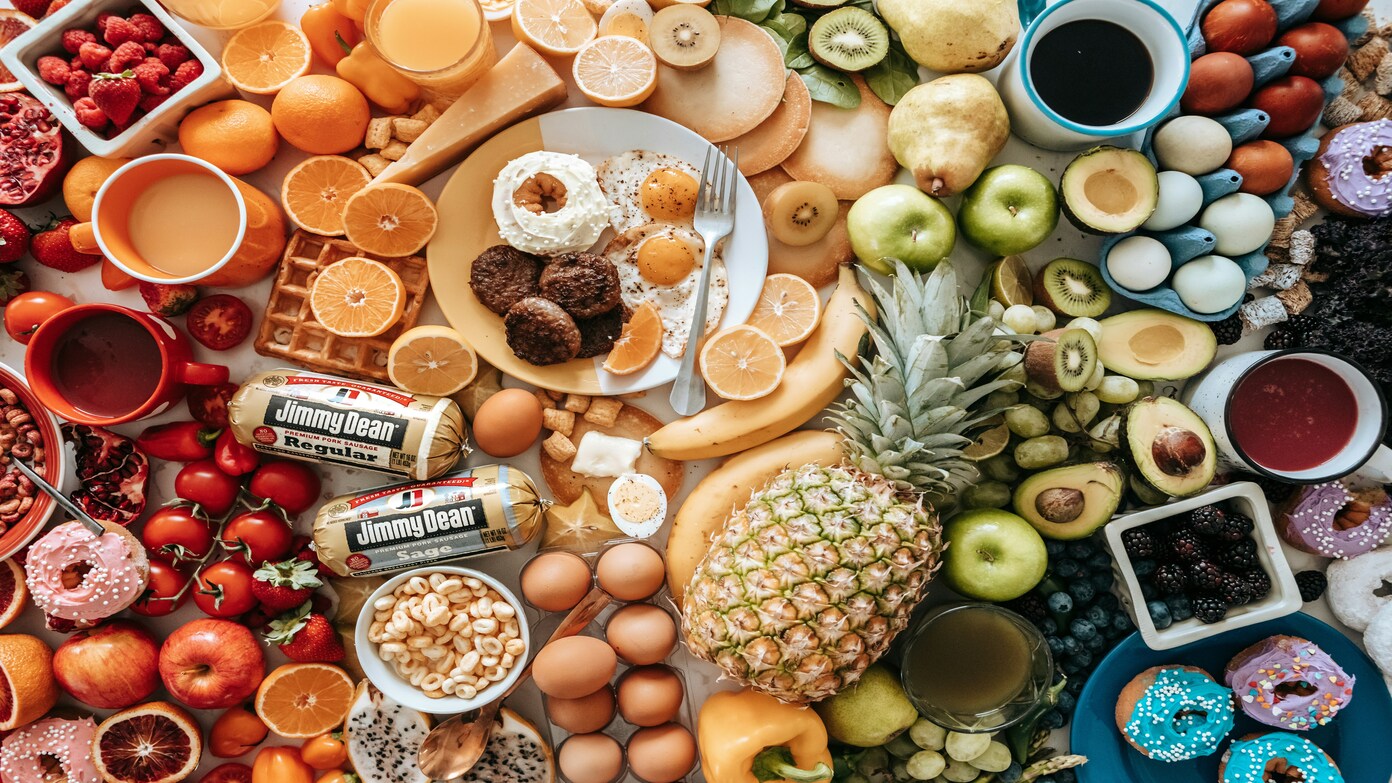SNAP was set up to allow each household application listed in the application period benefits as a whole and not for any one person. Although some social workers may insist it is meant for one named individual, this perspective cannot possibly mirror the reality within which families operate. For instance, saying Grandma on SNAP cannot share cookies she baked with her grandchild is simply impractical—almost absurd.
SNAP benefits do not call for separate labeling of every bottle of ketchup or jar of mayonnaise for every single person or family unit. Any arrangement whereby relatives live together would not afford such rigid enforcement of separate food storage and meal preparation. Families do not work like strangers, especially when living under one roof.
Transferring SNAP benefits: What’s allowed and what isn’t
The benefits are issued for household use, but they cannot be transferred to anyone else or to another household. Therefore, you cannot give your SNAP card to a friend or neighbor who needs it. You also cannot “sell” your benefits or exchange them for something that is not food. This is regarded as fraud and is against federal law.
This system allows the approved household member to use an EBT (Electronic Benefit Transfer) card like a debit card. Benefits may only be used by the authorized person, who possesses the PIN (Personal Identification Number). Sharing this PIN with someone else to allow that person to shop for you is a violation of program rules.
But this doesn’t mean families living together have to draw hard lines on who eats what. If several families are sharing a home, cooking and eating together, they are usually regarded as a single SNAP household for SNAP purposes. Eligibility and benefits are computed based on that shared structure.
SNAP isn’t entirely concerned with feeding the poor
Many have been surprised by the revelation that SNAP was not solely created to give low-income Americans some food to survive on. The program was also intended to stimulate the agricultural economy by increasing demand for food products; when SNAP recipients buy more food, farmers benefit with increased sales and better prices. That is why food is prioritized in the U.S.; certain exceptions exist for imported goods people generally consume, i.e., coffee or bananas. SNAP benefits may only be spent on food and beverages intended for home consumption. Prepared hot foods or non-food items (like paper towels or soap) are not covered.

